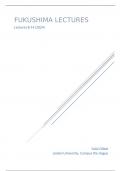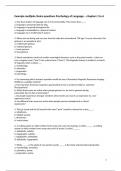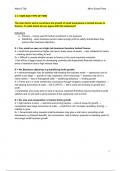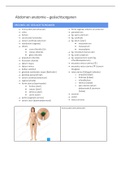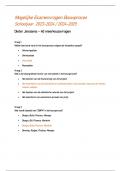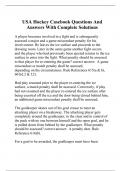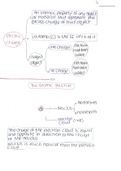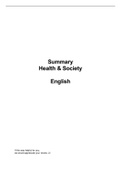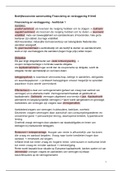College aantekeningen
Case study Fukushima pt. II (in-depth summary with PP-slides)
- Instelling
- Universiteit Leiden (UL)
This document provides an in-depth summary of the lectures 8-14 of the Case study Fukushima. It provides relevant PowerPoint slides, quotes, and guest lectures. See 'case study Fukushima pt. I' for the in-depth summaries of the first 7 lectures.
[Meer zien]
